I was invited to Beijing to participate in one of several exhibitions coinciding with the Triennial, What If… at the National Museum of China, curated by Anthony Dunne and Fiona Raby. As an actor and spectator of this extravaganza, I attended opening events—which outnumbered the design shows and events themselves.
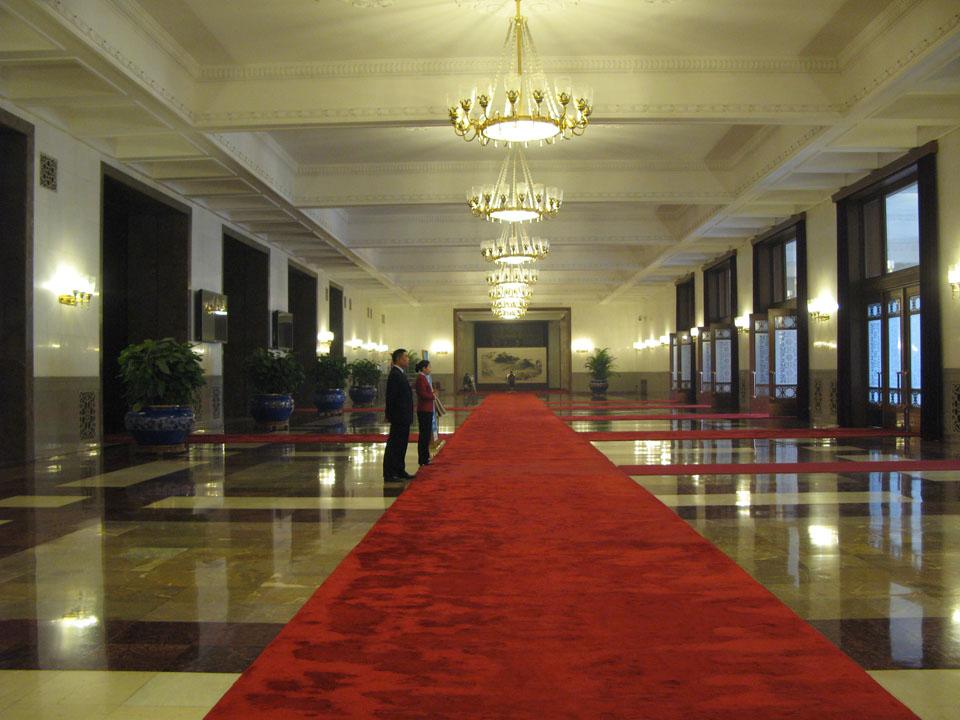
Above: Red carpet in the Great Hall of the People. Photo by Nelly Ben Hayoun.
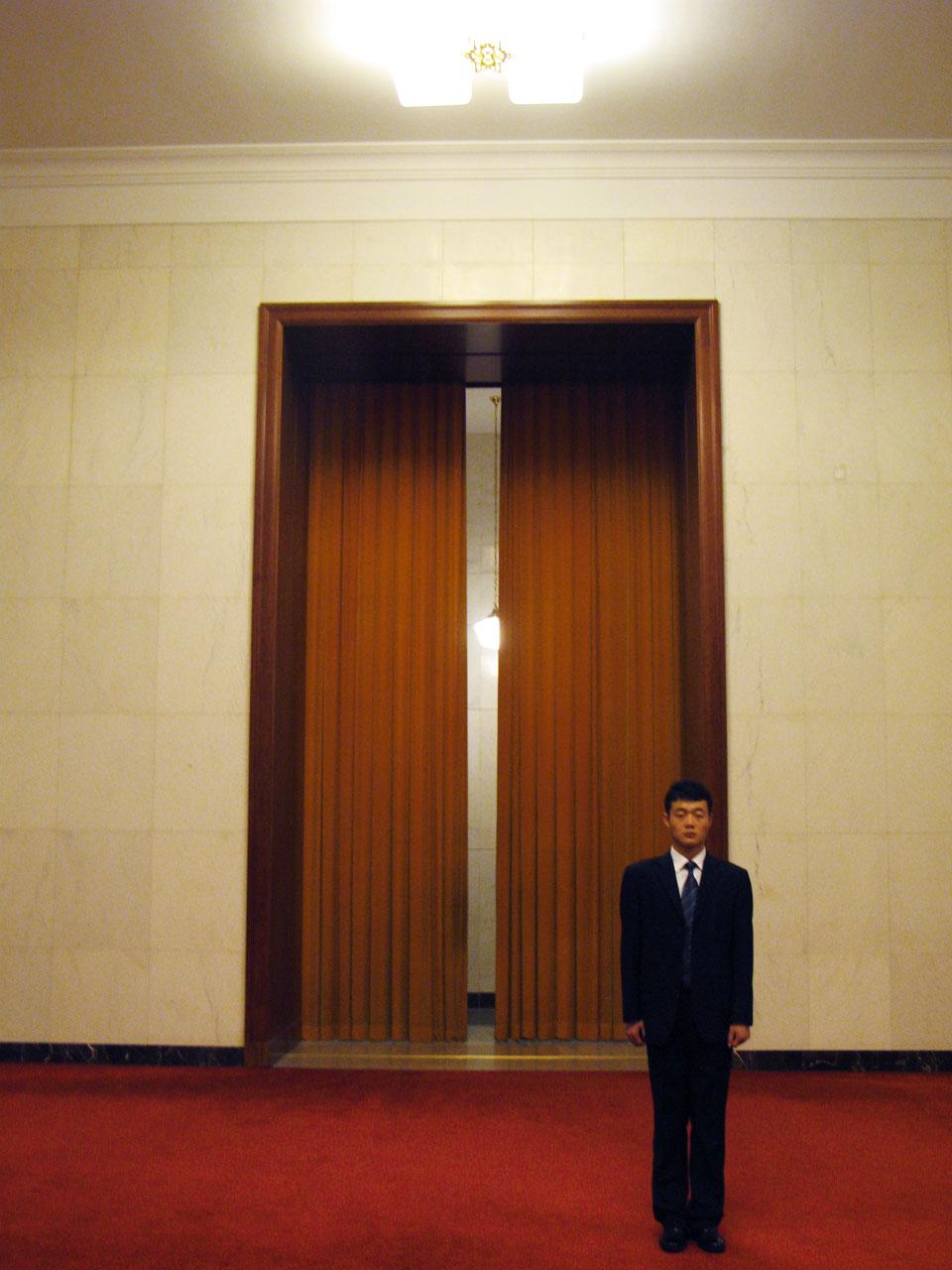
If the need for 'Good Design' is simplistic enough, with the stated 'ultimate goal…to help Made in China transform to Designed in China', its mandates are in conflict.
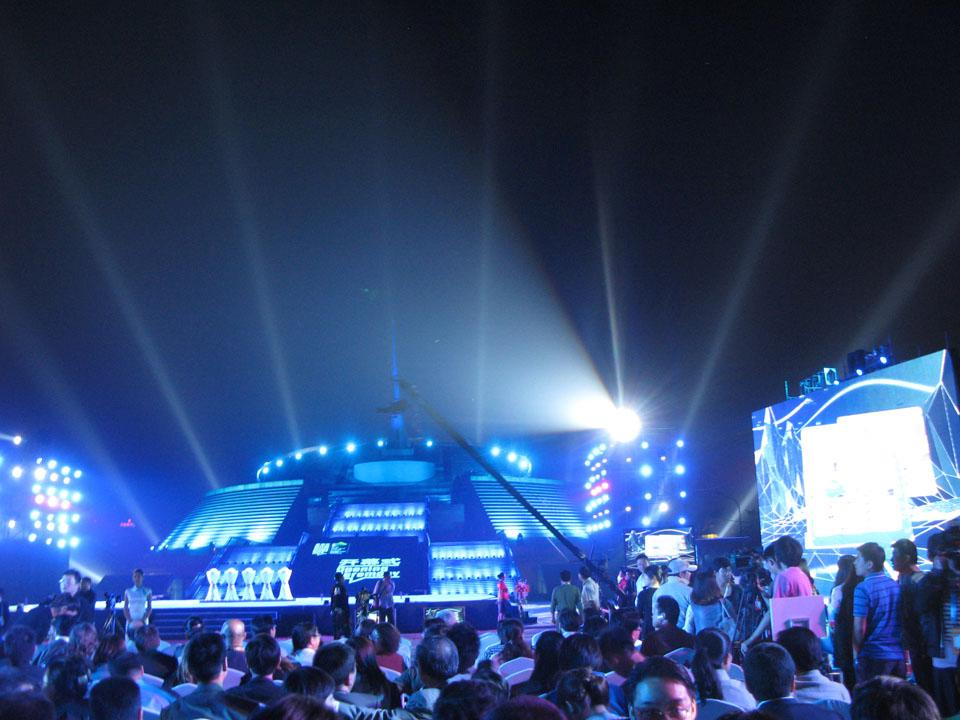
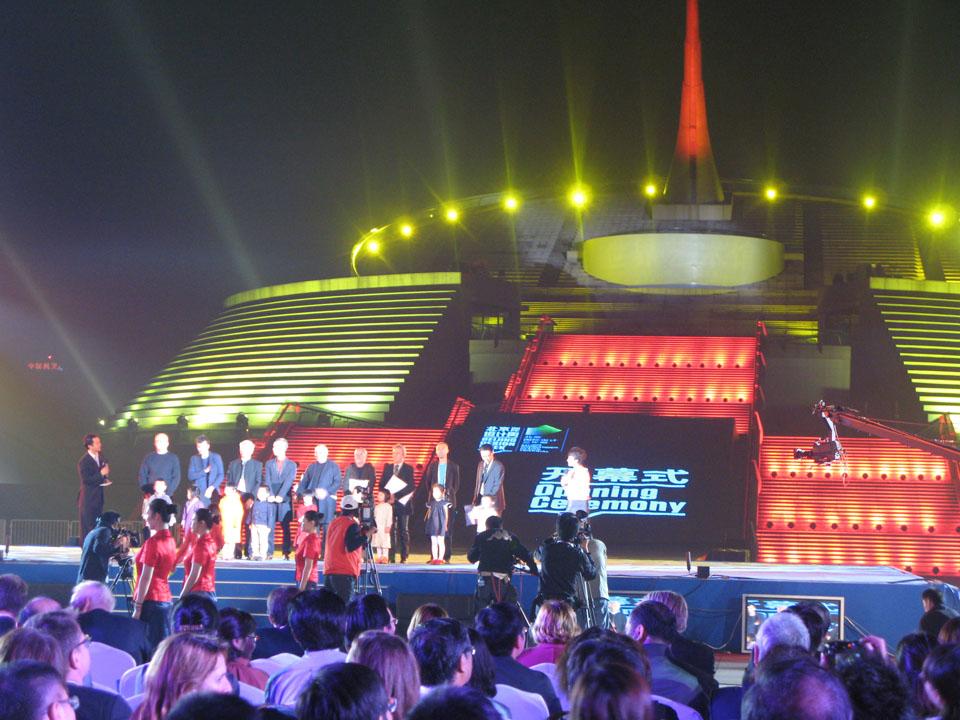
This indulgence in spectacle obliterated the exhibitions themselves, which included Creative Junctions, Good Guys, Rethinking Bamboo, Reason Design Emotion, and the aforementioned What if… It reminded me of the issues that the host city itself presents, a city that Ai Weiwei famously called "a nightmare…a constant nightmare."
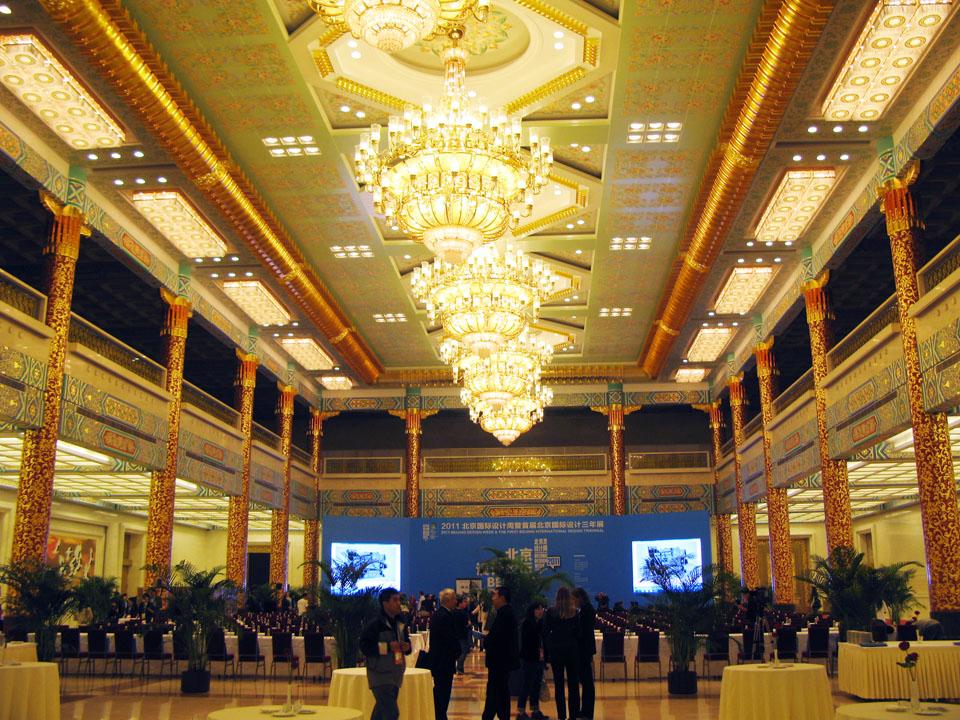
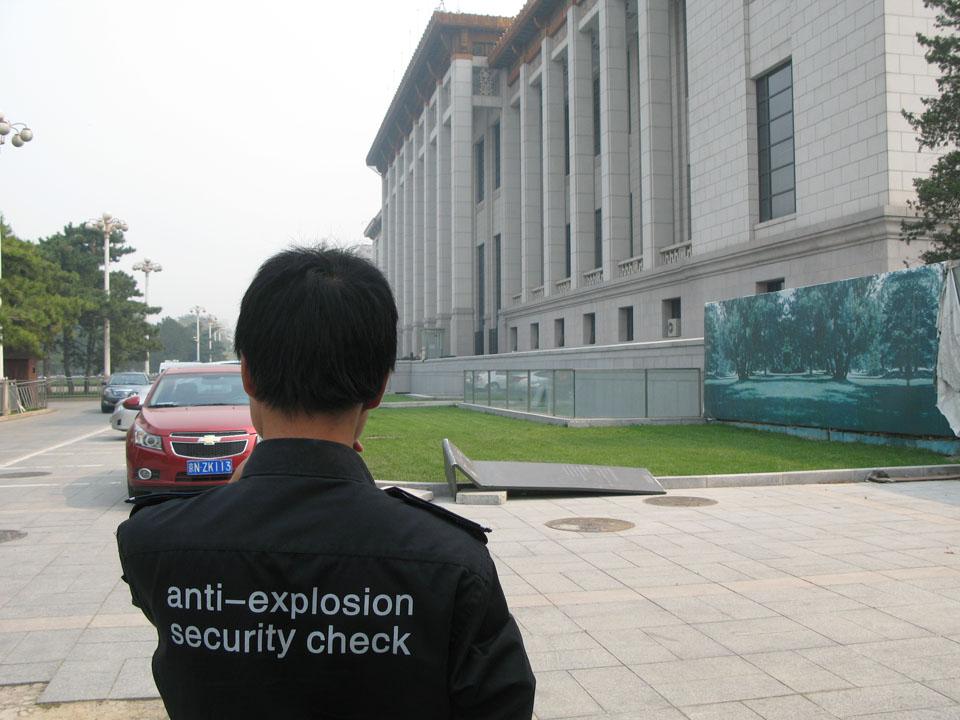
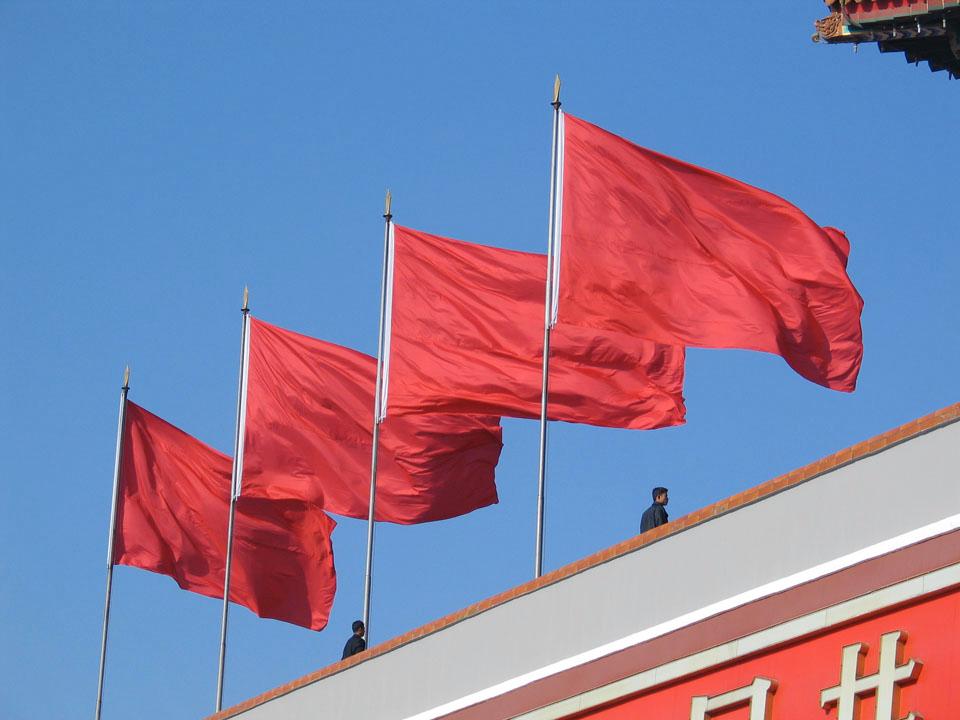
Nelly Ben Hayoun


